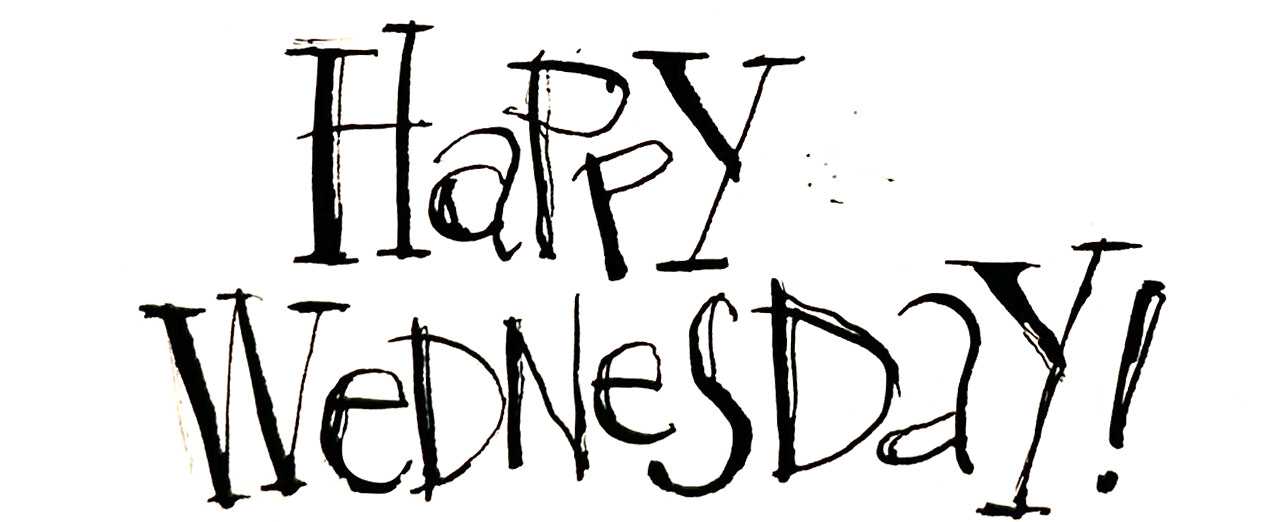#340: On Turning Down the Volume to Hear Your Own Voice, Meet my Co-Author, Scott, & Behind-The-Scenes Manic Sketchbook Process
Plus! Hilary Fitzgerald Campbell, the New Yorker Softball team VS. Paris Review, and Morris says "Hello!"
Keep reading with a 7-day free trial
Subscribe to New York Cartoons to keep reading this post and get 7 days of free access to the full post archives.


